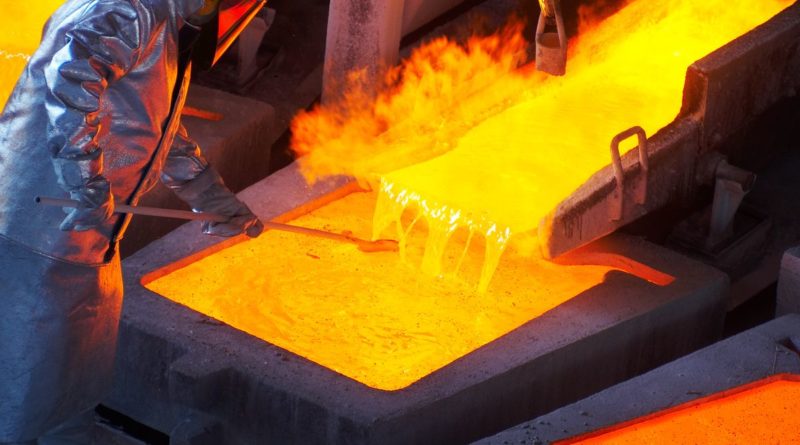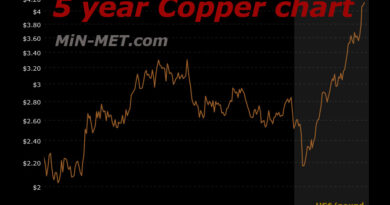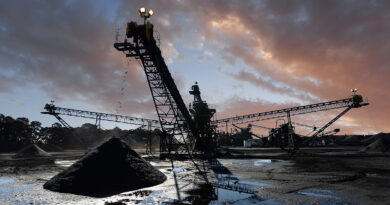Glencore’s highlights its metals and minerals marketing activities
Commodity markets generally performed well throughout the year, bolstered by a widespread economic recovery, following the pandemic’s severe economic impacts in 2020, characterised by the imposition of lengthy lockdowns. In the context of resurgent industrial demand and generally low inventory balances, any supply-side issues (from primary production and supply chain) exacerbated the market tightness. The energy supply shortages and price increases that intensified in H2 2021 not only required careful risk (market and counterparty) management by our energy marketing units, but also had profound indirect impacts on metals marketing, as smelters globally faced higher energy costs and/or limitations on energy use.
Overall market volatilities, measured both in relation to primary commodity prices and their associated pricing adjustments, such as premiums, refining margins, quality adjustments etc, were extremely elevated during 2021.
In this context, Marketing performed strongly across all major commodity groups. Marketing Adjusted EBIT was $3,695 million, up 11% over the prior period. Metals and minerals Adjusted EBIT increased by 50% to$2,494 million, while Energy Products was down 21% on an outsized 2020 result to $1,395million. Glencore’s 49.9% interest in the Viterra agricultural products business recorded earnings of $473 million, on a share of net income basis.
Industrial Adjusted EBITDA increased by 118% to $17,100 million (Adjusted EBIT was $10,800 million, compared to $1,077 million in 2020).
As noted above, the increase was primarily driven by stronger average year-over-year commodity prices, particularly related to our copper, cobalt, ferrochrome, nickel and coal operations, driven by recovery of global demand and various supply challenges, most notably seen across the energy spectrum (gas, coal and oil), impacting product availability and cost.




